Are you passionate about birdwatching and want to create a haven for our feathered friends in your backyard? Building a backyard bird sanctuary is an enriching and rewarding endeavor that not only invites an array of bird species to your home, but also contributes to their conservation and well-being. From planting native plants to providing nesting opportunities and water features, this Redfin article will help you create a vibrant and sustainable sanctuary where birds can thrive. Whether you’re renting a home in Spokane, WA, or you just bought a house in Charleston, SC, get ready to immerse yourself in the wonders of nature as we explore the essential elements of designing and maintaining a backyard bird sanctuary.
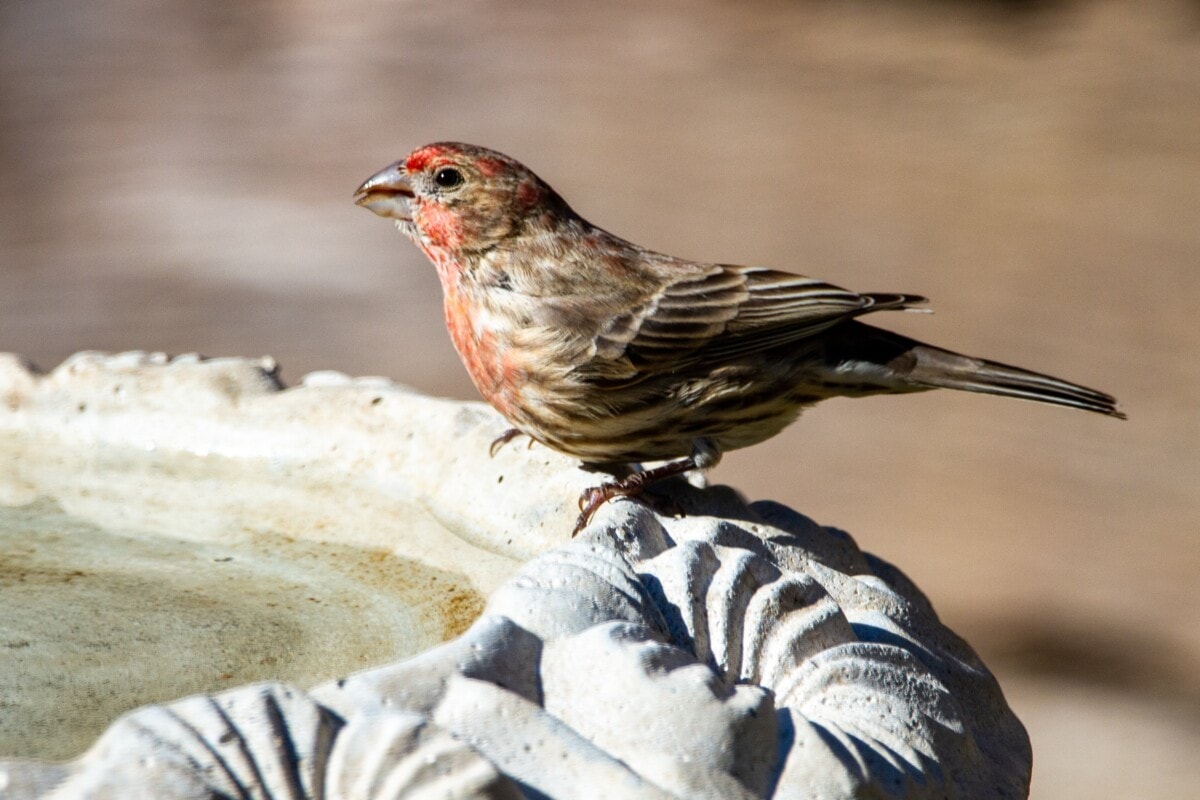
1. Focus on habitat, water, and food
Habitats, water, and food provide the necessary elements for birds to thrive and reproduce in a safe environment. These three components create a balanced ecosystem, attracting a diverse range of bird species, supporting their survival, and contributing to the overall health of the local bird population.
Olympic Peninsula Audubon Society shares, “Three things birds need are protected habitat, water, and the ability to forage for food, especially insects and worms. To protect the habitat, keep cats indoors, especially during the breeding season. To allow food sources, let the insects and worms overwinter. Don’t use pesticides or herbicides. To provide water, leave shallow places in the yard to catch rainwater or provide clean water in a bird bath or a simple fountain. But most of all, enjoy the birds; they have their own personality that will bring sparkle to your life.”
Renovating your home?
Find out what your home's worth, edit facts, and see the impact of home projects.
2. Plant native plants in your garden
Renovating your home?
Native plants provide a familiar and natural habitat for local bird species, ensuring their survival and promoting biodiversity.
Chris Strub of Evelyn Alexander Wildlife Rescue Center shares, “The best way to help birds in your yard is to plant native plants in your garden, especially pollinator-friendly plants like milkweed. Native plants provide vital food for birds and their babies by supporting beneficial insects. They also help shelter young birds who are just learning to fly. Berry-producing plants will attract many species of songbirds and are an important food source through the fall and winter months.”
Poodles and Parrots adds, “For native plants, choose a mix of trees, shrubs, and flowers that offer different seeds, fruits, and nectar. This will attract diverse bird species and support their nesting and foraging needs.”
“If you want to attract birds to your backyard, one of the best things you can do is learn which plants they depend on,” notes Re:wild. “Bring the wild back to your yard by nurturing your local biodiversity, and try to relax anti-insect policies. Let the birds eat the bugs. That’s what they’re supposed to do.”
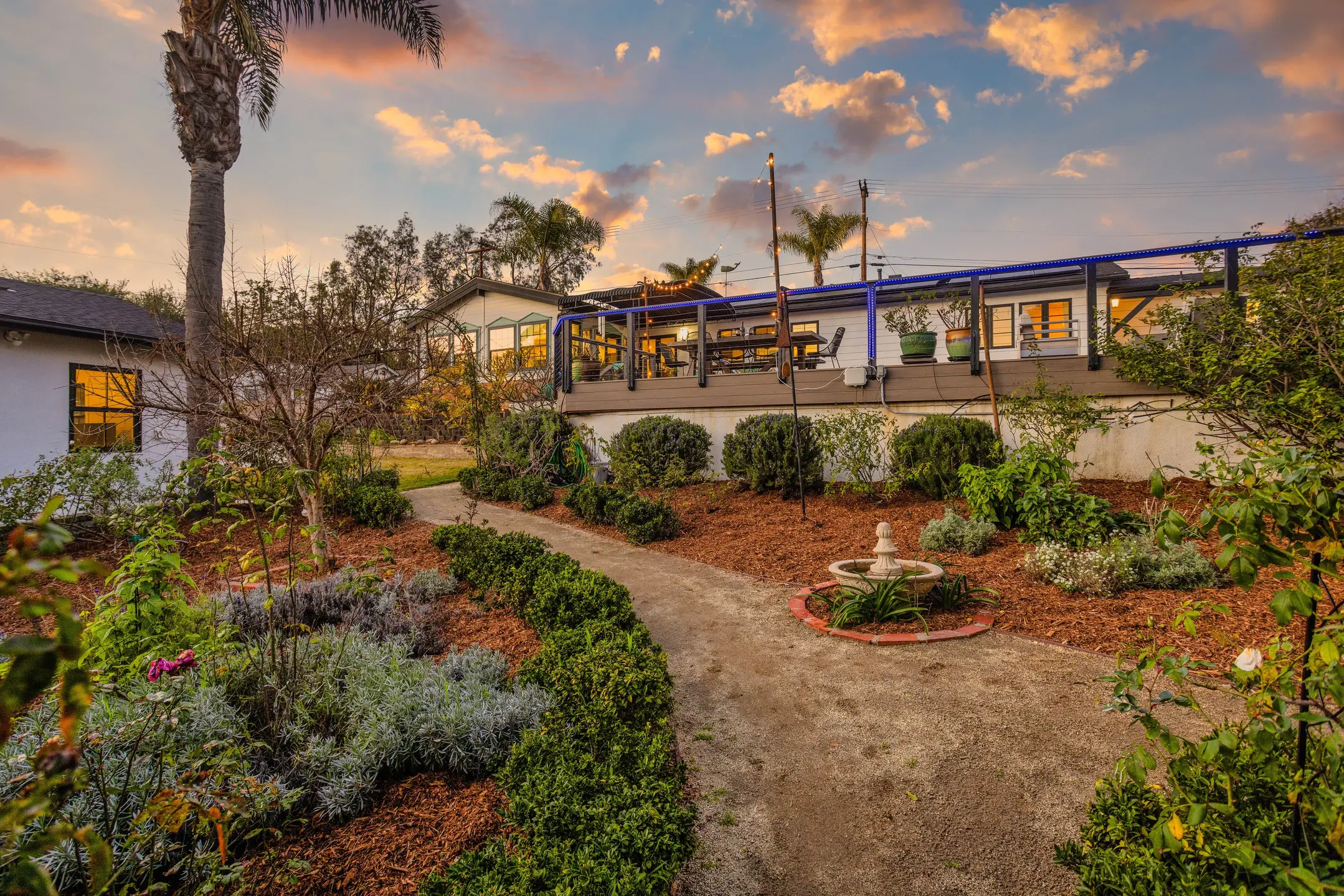
3. Put up a birdhouse in your yard
Putting a birdhouse in your backyard bird sanctuary is essential, as it provides nesting opportunities for cavity-nesting bird species that may struggle to find suitable nesting sites in urban areas.
“Pick the proper designs (dimensions, entrance hole sizes, materials, rooftops, ventilation, and color) and install them at the best location, a height-at least 5ft above ground, against prevailing winds, low-traffic areas away from feeders and baths. Also, consider installing predator guards,” recommends Green Backyard.
4. Install water features
Water features offer birds a reliable source of clean water for drinking and bathing, especially during dry periods.
“Bird baths and fountains are excellent alternatives or additions to bird feeders, remarks Bird Mentor. “Especially in parts of the country where bears and rodents can be a concern. Ensure the water is fresh, shallow, moving, or bubbling and is placed on or very close to the ground.”
“Water is necessary for all resident and migratory birds across North America,” adds Zach Hutchinson of Flocking Around. “A Shangri La for birds should include a shallow water source (<4 inches to prevent drowning) with a constant source of movement to help birds locate the water. A small pump, bubbler, falls, or drip creates the agitation in a birdbath or pond that is a guaranteed attraction for birds and other wildlife.”
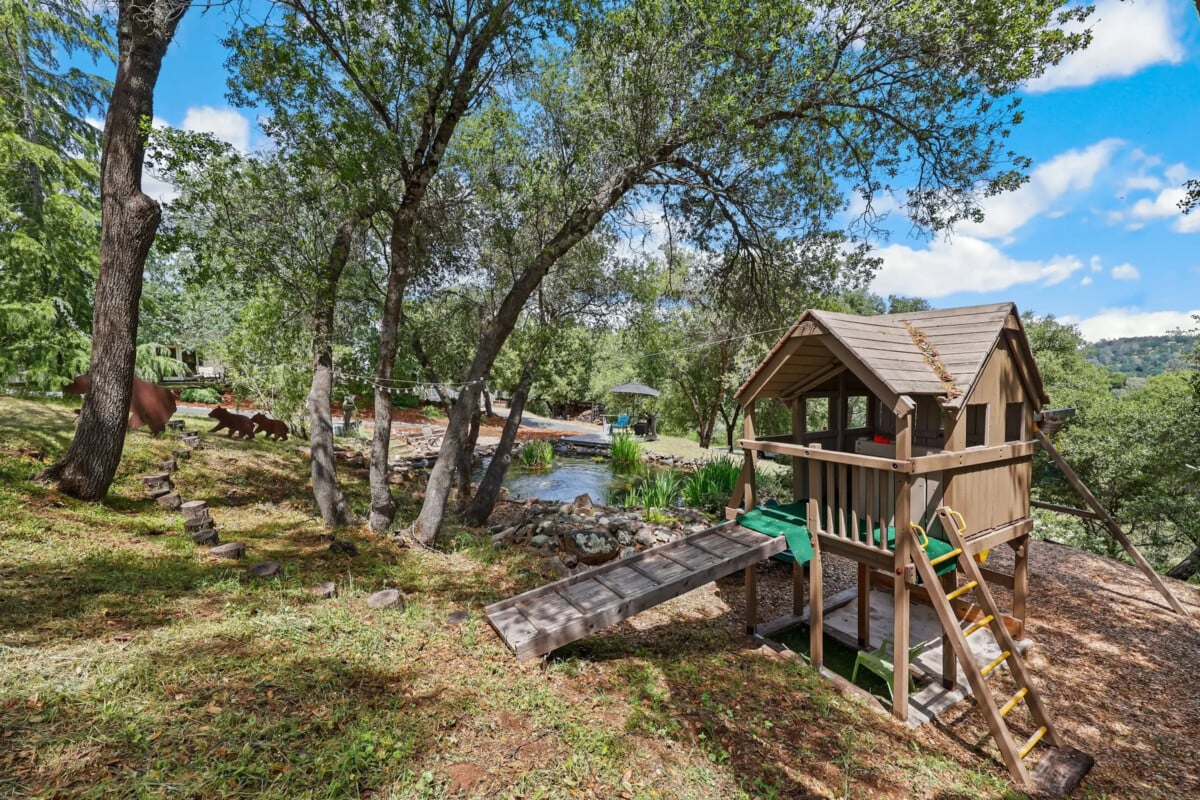
5. Do research on what specific birds like to eat
Researching birds’ dietary preferences is vital for creating a backyard bird sanctuary that provides appropriate and nourishing food. Understanding their preferred food choices ensures that you attract a wide range of bird species and support their health, energy levels, and overall population in your sanctuary.
“Do some light research on what kinds of food the birds you want to see eat,” says Best Life Birding. “For example, Painted Buntings adore millet seed, Baltimore Orioles love jelly, and Red-bellied Woodpeckers are voracious eaters of peanut suet.”
6. Ask your local Audubon about the best plants to grow
“Contact your local Audubon Society chapter or native plant nursery for guidance about the best plants to grow in your backyard, which can provide natural food and shelter for birds,” recommends Caley Zuzula, Program Manager at Travis Audubon near Austin, TX.
Their knowledge of native plant species will help create an environment that suits local bird species’ needs.
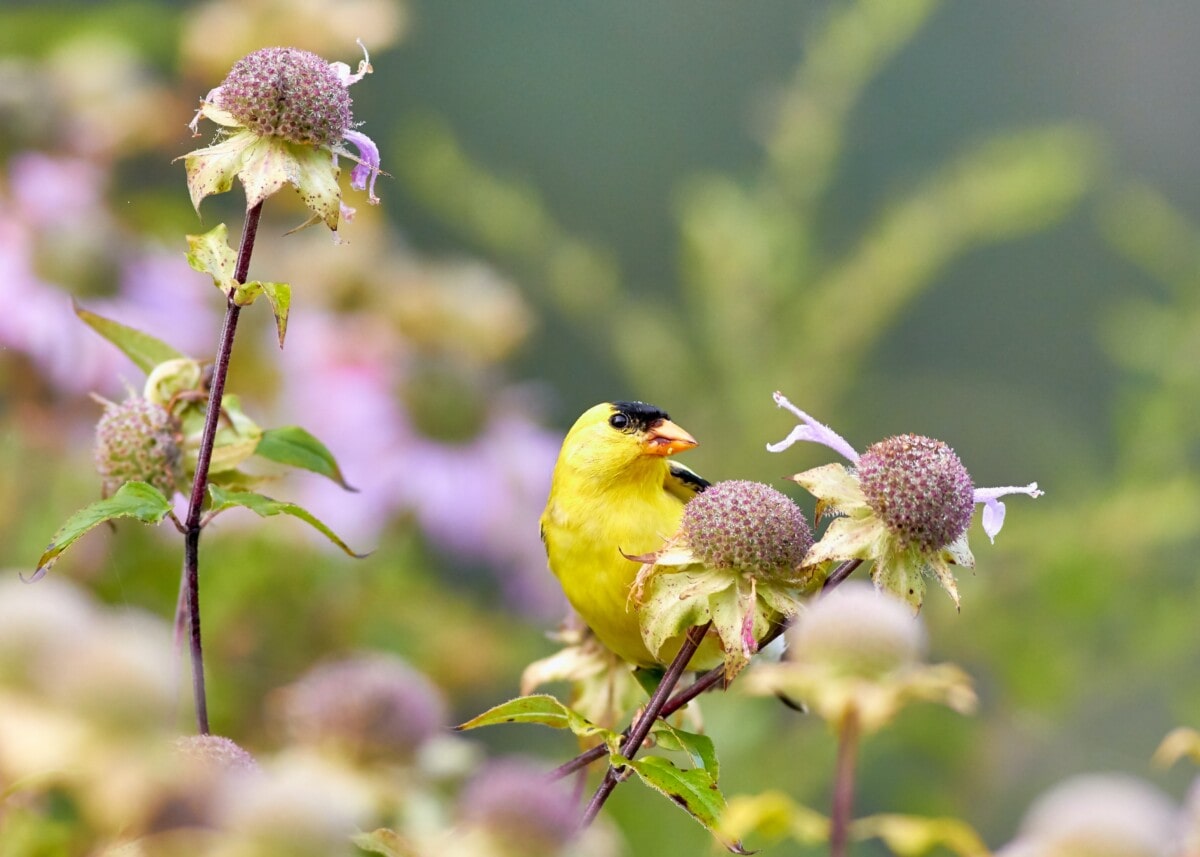
7. Design your yard to offer diverse habitats
Creating diverse habitats in your yard provides a range of resources and shelter for various bird species throughout their life cycles, attracting more birds to your backyard bird sanctuary.
VINE Sanctuary says, “Include wildflowers, shrubs, and trees to accommodate different birds with varying feeding and nesting preferences. A mix of open spaces and dense foliage will attract a wider range of birds. Native plants provide natural food sources, nesting sites, and cover for birds as well as sustenance for pollinators.”
8. Use bird tape on the outside of your glass windows and doors
Installing bird tape outside your glass helps prevent bird collisions by making the surface more visible to birds. The simple act of applying bird tape can significantly contribute to creating a safe environment for feathered visitors.
“Windows let in light and connect us to our outside spaces. But they’re often fatal to birds, killing up to a billion annually in the US,” shares Chicago Ornithological Society. “Protect birds by applying bird tape to the outside of your glass, two inches apart, especially where trees and vegetation are reflected. There are several stylish options, and you’ll still have a great view of your garden to watch birds.”
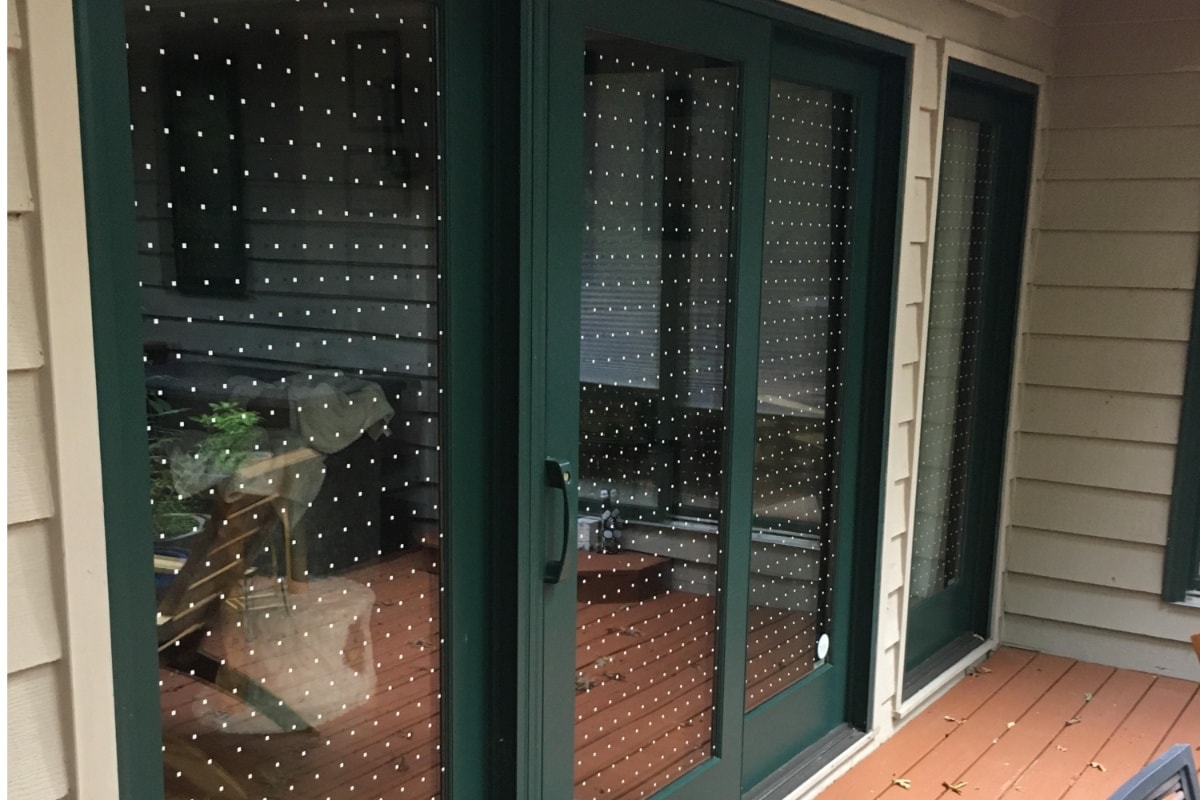
Photo courtesy of Lindsay Wilkes of the Chicago Ornithological Society
9. Have individual feeders
Having individual feeders when building a backyard bird sanctuary is important as it allows for different types of bird feed to be offered.
“To attract a greater variety of birds, offer different types of food such as peanuts, sunflower, safflower, nyjer, and, if/when cooler, suet,” notes Alan Baczkiewicz of the Basics of Birding. Having individual feeders for these food sources will give different species a little more room to eat and less competition (and result in less waste).
10. Be consistent with feeder location and feeding times
Maintaining consistency in bird feeder location and feeding times establishes a predictable bird food source, increasing visitation and fostering a sense of safety and reliability. Consistency also helps birds develop feeding routines and enables birdwatchers to observe and appreciate the avian visitors more easily.
“Birds seem to take time to learn to trust new feeders or changes made to them, so it might take a while to attract them to a new feeder,” notes The Bird Perch. “Keeping the feeder in the same location helps bring them back over time. Birds also pay attention to your schedule regarding feeding times.”
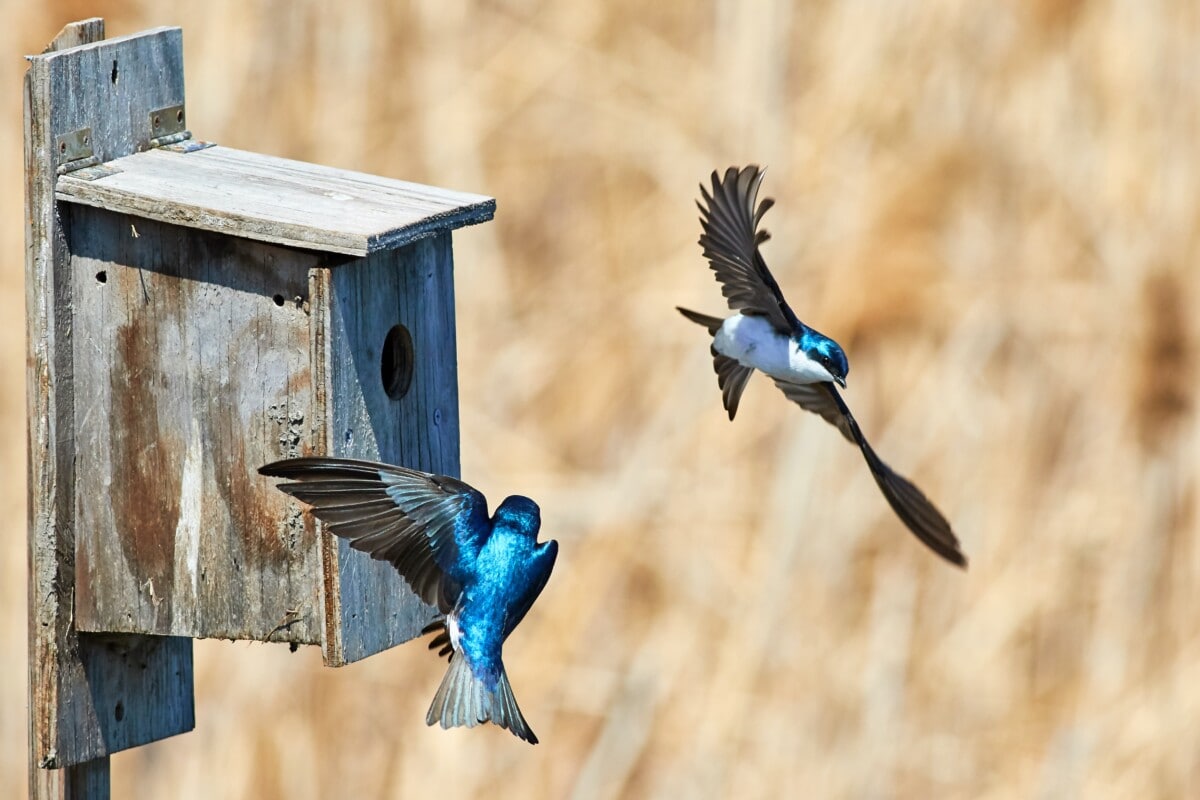
11. Make your bird sanctuary squirrel-proof
When building a backyard bird sanctuary, it’s important to ensure that the intended bird feed and resources are not monopolized or depleted by squirrels.
“People who live in the Northeast and have backyard bird feeders will know how much trouble squirrels can cause as they will climb and eat all the bird food,” says remarks M&M Bird Toys. “We have taken long metal rods with hooks, hung them from tree branches, and dangled the bird feeders from these to help prevent this. We have taken tomato cans, drilled holes, and then added them to where the feeders hang from the metal rods. The cans make it tricky and difficult for squirrels to climb around.”
The Jersey Birder adds, “We started with a spring-loaded, squirrel-proof barrel feeder, the best choice if you can only do one feeder. We added a bird bath and a double-hook pole with a finch feeder and a suet feeder. In the summer, we swap a hummingbird feeder for a suet feeder, and in winter, we put an ice melter in the bird bath.”
12. Make your garden a Franciscan Garden
“We advocate the planting of Franciscan Gardens,” remarks John Durbrow, Director of Van der Brohe Arboretum and Bird Sanctuary. “While displacing little of your lawn, these gardens are designed to provide an island of forage and habitat for both migrating and resident birds. The design of such a garden entails choosing plants based on their beauty, and their ability to support wildlife, birds, and pollinators. Each design might include one mast or berry-producing tree, three shrubs with the same function, several bushes, and an assortment of flowers and grasses.”
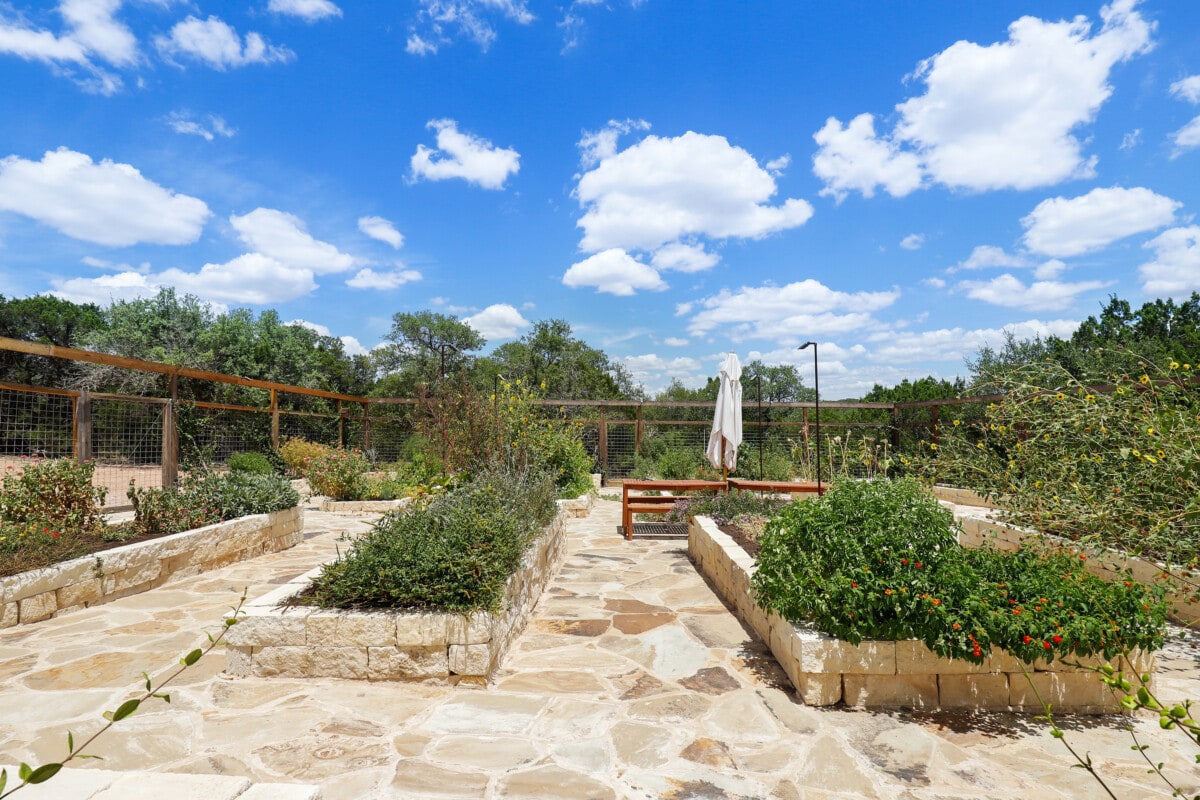
13. Keep cats indoors
You should keep your cats indoors if you have a backyard bird sanctuary to protect the bird population from potential predation and reduce the risk of harm to both birds and cats.
“Nature Communications reports that outdoor cats kill a median of 2.4 billion birds in the U.S. annually, says Katie Rogers of Audubon Canyon Ranch. “This exceeds all other causes of bird deaths, including pesticides and collisions with windows.”
14. Create places for birds to raise their young
Taking into account places for birds to raise their young when building a backyard bird sanctuary is important as it provides nesting opportunities and supports the reproductive cycle of bird species.
“Plant evergreen bushes and trees, tall grasses, and install a variety of bird houses for the birds to use” remarks Bird House on the Greenway.
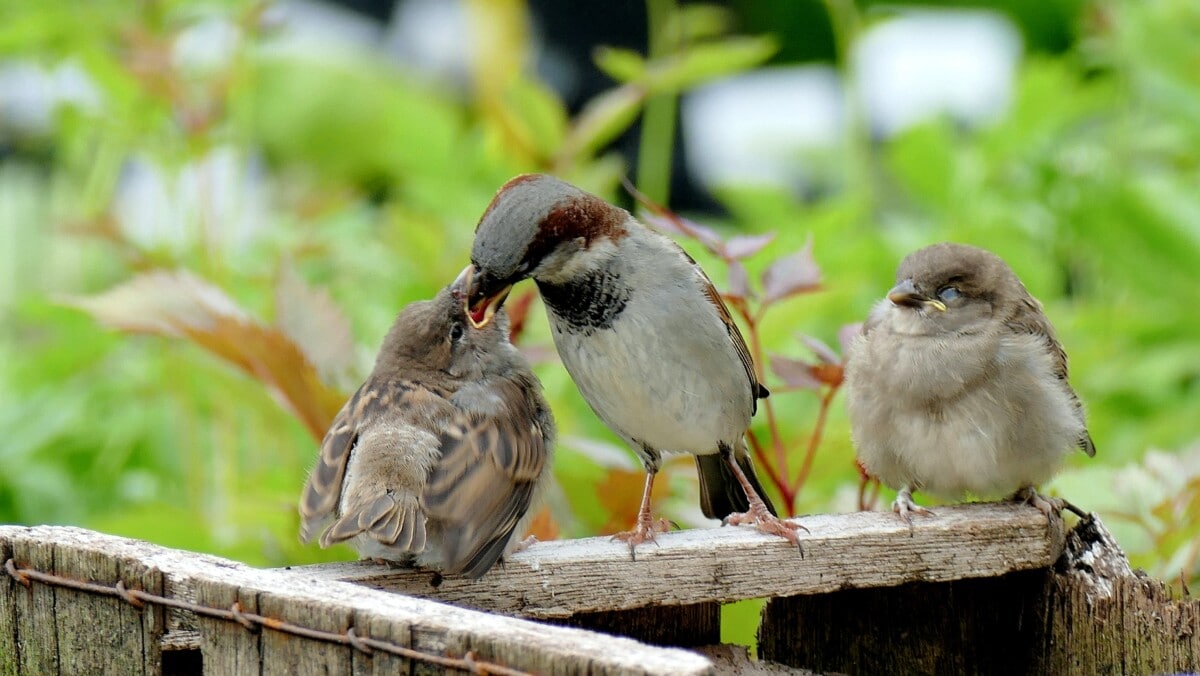
15. Add colors to your landscape
Adding colors to your backyard attracts birds by mimicking the natural vibrancy and diversity of their native habitats.
“Birds love colors and are attracted to them. When you landscape your backyard, the more colors you can add, the more birds you will attract,” shares Bird Watching Academy. “Adding flowers, fruit trees that blossom, and colorful bushes are a few plants that can add beauty to your landscaping and creates a backyard oasis for birds. You may find that in spring and fall, when birds are migrating, your backyard landscaping will attract new species that you do not see regularly.”
Looking to save money on your mortgage?
16. Never use pesticides
You should never use pesticides in your backyard bird sanctuary as they can be harmful to birds, disrupting their natural food sources, and potentially causing poisoning or adverse health effects.
“Using pesticides to control insects depletes birds’ food sources and, if consumed by birds, will poison them too,” shares Little Bird Garden.


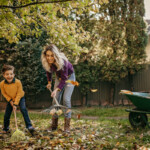
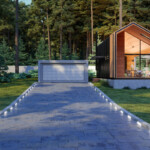
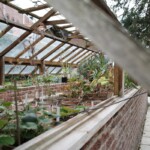
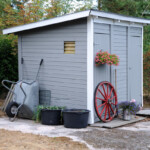
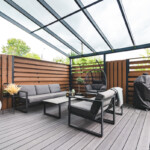
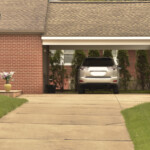

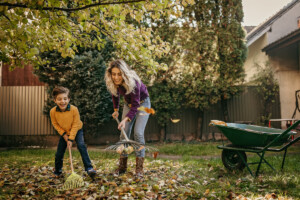
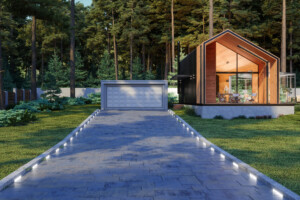
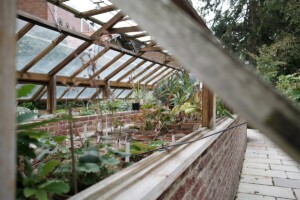
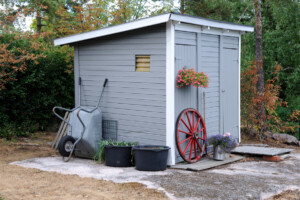
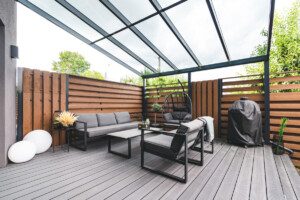
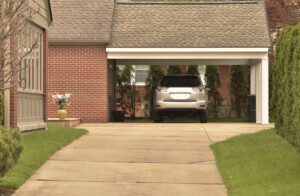
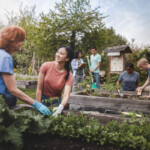
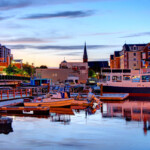

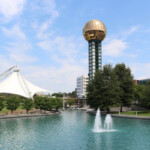

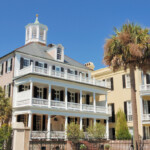
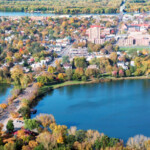



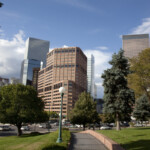

 United States
United States Canada
Canada